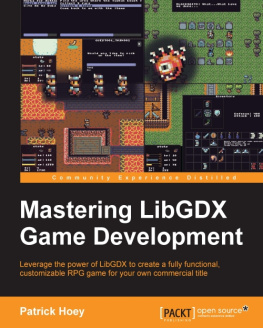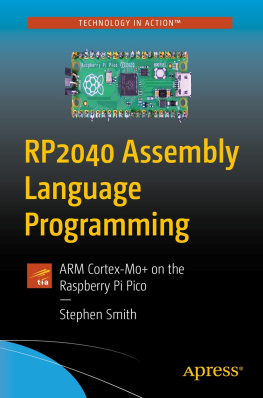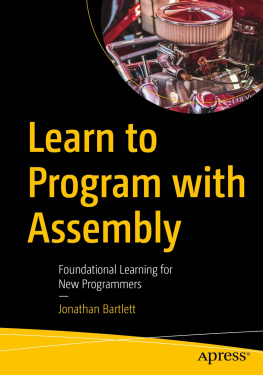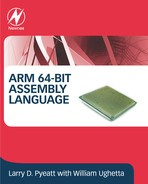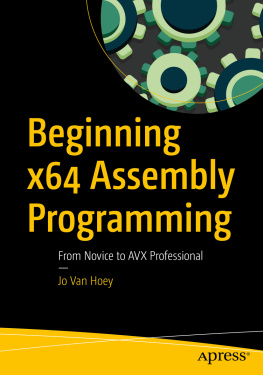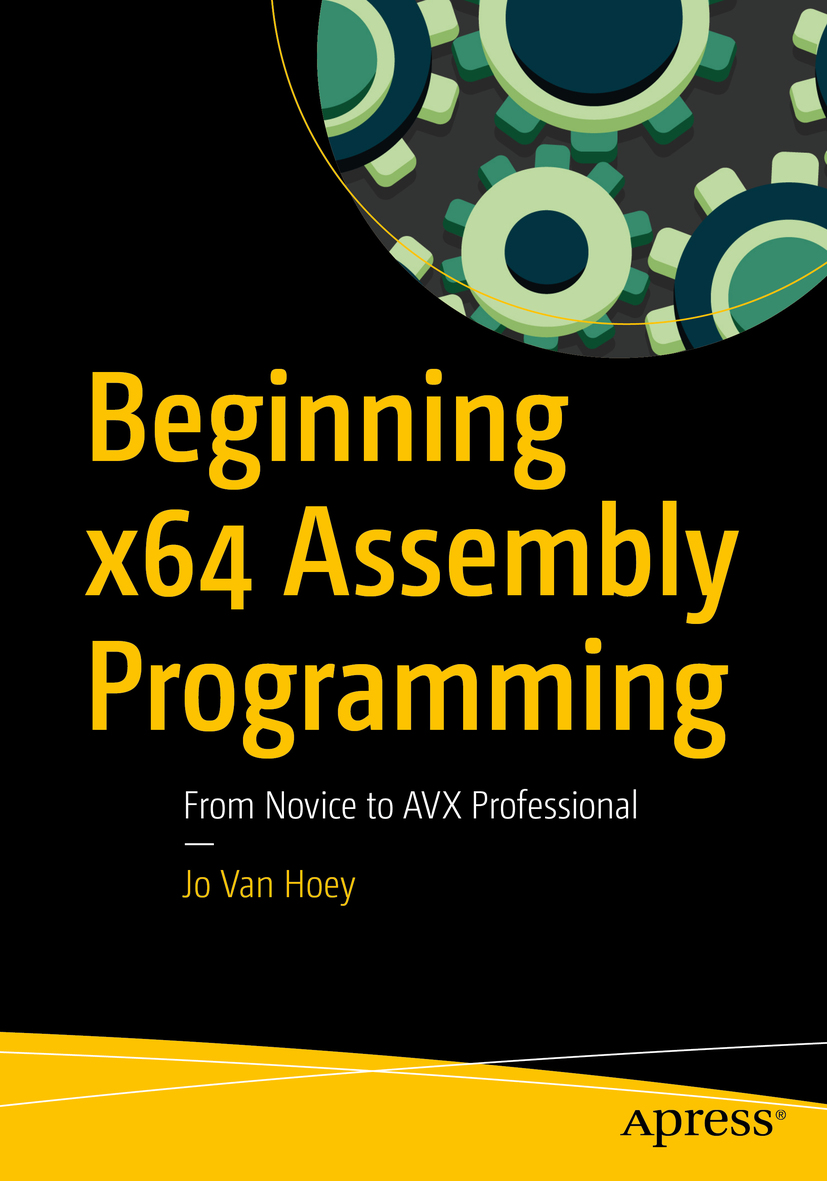Hoey - Beginning x64 assembly programming: from novice to AVX professional
Here you can read online Hoey - Beginning x64 assembly programming: from novice to AVX professional full text of the book (entire story) in english for free. Download pdf and epub, get meaning, cover and reviews about this ebook. City: New York;NY, year: 2019, publisher: Apress, genre: Home and family. Description of the work, (preface) as well as reviews are available. Best literature library LitArk.com created for fans of good reading and offers a wide selection of genres:
Romance novel
Science fiction
Adventure
Detective
Science
History
Home and family
Prose
Art
Politics
Computer
Non-fiction
Religion
Business
Children
Humor
Choose a favorite category and find really read worthwhile books. Enjoy immersion in the world of imagination, feel the emotions of the characters or learn something new for yourself, make an fascinating discovery.
- Book:Beginning x64 assembly programming: from novice to AVX professional
- Author:
- Publisher:Apress
- Genre:
- Year:2019
- City:New York;NY
- Rating:4 / 5
- Favourites:Add to favourites
- Your mark:
Beginning x64 assembly programming: from novice to AVX professional: summary, description and annotation
We offer to read an annotation, description, summary or preface (depends on what the author of the book "Beginning x64 assembly programming: from novice to AVX professional" wrote himself). If you haven't found the necessary information about the book — write in the comments, we will try to find it.
The code used inBeginning x64 Assembly Programmingis kept as simple as possible, which means: no graphical user interfaces or whistles and bells or error checking. Adding all these nice features would distract your attention from the purpose: learning assembly language. The theory is limited to a strict minimum: a little bit on binary numbers, a short presentation of logical operators, and some limited linear algebra. And we stay far away from doing floating point conversions.
The assembly code is presented in complete programs, so that you can test them on your computer, play with them, change them, break them. This book will also show you what tools can be used, how to use them, and the potential problems in those tools. It is not the intention to give you a comprehensive course on all of the assembly instructions, which is impossible in one book: look at the size of the Intel Manuals. Instead, the author will give you a taste of the main items, so that you will have an idea about what is going on. If you work through this book, you will acquire the knowledge to investigate certain domains more in detail on your own.
The majority of the book is dedicated to assembly on Linux, because it is the easiest platform to learn assembly language. At the end the author provides a number of chapters to get you on your way with assembly on Windows. You will see that once you have Linux assembly under your belt, it is much easier to take on Windows assembly.
This book should not be the first book you read on programming, if you have never programmed before, put this book aside for a while and learn some basics of programming with a higher-level language such as C.
What You Will Learn
Discover how a CPU and memory works
Appreciate how a computer and operating system work together
See how high-level language compilers generate machine language, and use that knowledge to write more efficient code
Be better equipped to analyze bugs in your programs
Get your program working, which is the fun part
Investigate malware and take the necessary actions and precautions
Who This Book Is For
Programmers in high level languages. It is also for systems engineers and security engineers working for malware investigators. Required knowledge: Linux, Windows, virtualization, and higher level programming languages (preferably C or C++).
Hoey: author's other books
Who wrote Beginning x64 assembly programming: from novice to AVX professional? Find out the surname, the name of the author of the book and a list of all author's works by series.


